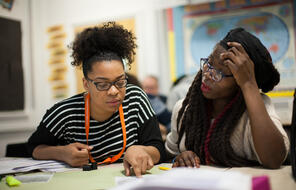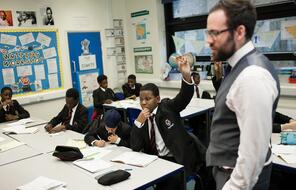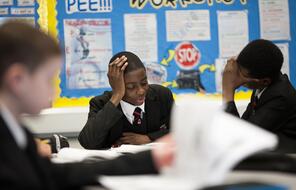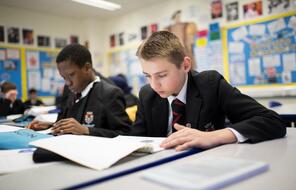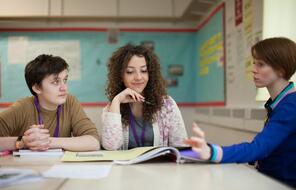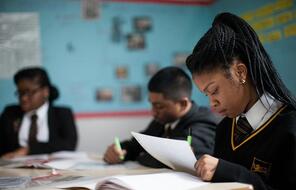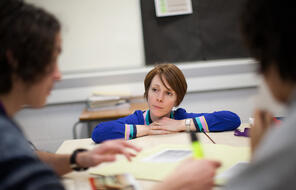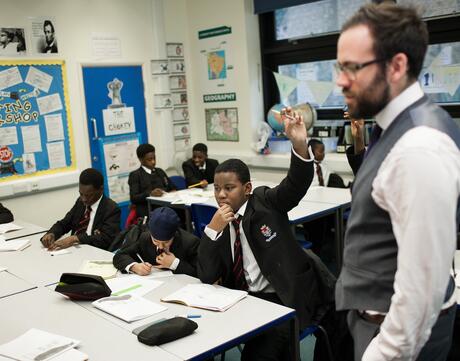
Introducing Media Literacy
Overview
About This Lesson
This is the first lesson in a unit designed to help teachers have conversations with students about media literacy in a critical, reflective and constructive way. Use these lessons to help students reflect on the changing media and information landscape; understand how this landscape impacts individuals, communities and society; and consider how they can thoughtfully and responsibly engage with content they encounter online and in print. This learning can also help them become conscientious content creators. Supporting students to develop as critical consumers and creators of information is vital for their well-being, their relationships and our democracy.
This lesson, which frames the focus of the unit, explores the importance of media literacy and of being critical consumers of the media. In the first part of the lesson, students reflect on the right to expression and to access to information; are introduced to, and practise using, a method to critically assess media content they encounter; and consider why it is important for young people to be media literate.
Then, in the second part of the lesson, students reflect on media consumption patterns, exploring different motivations for using and consuming media. They also begin to consider how the media people consume impacts them and society.
We recommend that you revisit your classroom contract before teaching this unit. If you do not have a class contract, you can use our contracting guidelines for creating a classroom contract or another procedure you have used in the past.
Preparing to Teach
A Note to Teachers
Before teaching this lesson, please review the following information to help guide your preparation process.
Lesson Plans
Part I Activities
Part II Activities
Extension Activity
Materials and Downloads
Introducing Media Literacy
Unit Overview: Developing Media Literacy for Well-being, Relationships and Democracy
Examining Bias and Representation in the Media
Unlimited Access to Learning. More Added Every Month.
Facing History & Ourselves is designed for educators who want to help students explore identity, think critically, grow emotionally, act ethically, and participate in civic life. It’s hard work, so we’ve developed some go-to professional learning opportunities to help you along the way.
Exploring ELA Text Selection with Julia Torres
On-Demand

Working for Justice, Equity and Civic Agency in Our Schools: A Conversation with Clint Smith
On-Demand

Centering Student Voices to Build Community and Agency
On-Demand





